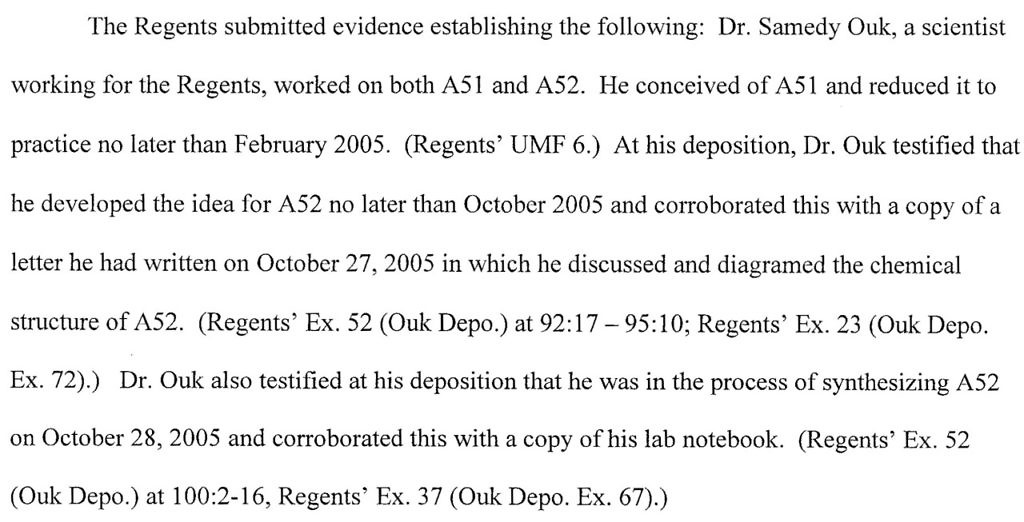ASCO GU 2013 Prostate Cancer Preview #GU13
What’s hot in prostate cancer at the forthcoming American Society of Clinical Oncology Genitourinary Cancers Symposium (ASCO GU) (twitter hashtag #GU13) that takes place in Orlando from February 14 -16?
That’s the question I was asked recently, and while the abstracts have not yet been published, (embargo lifts at 6pm ET on February 12, 2013) the titles of the posters and choice of oral presentations offer some insight into what may be newsworthy data.
In the oral abstract session on February 14, 2012 two of the presentations of particular interest to me are:
Bristol Myers Squibb dasatinib (Sprycel) Phase 3 Trial Data
Abstract #LBA8. Overall survival (OS) and safety of dasatinib/docetaxel versus docetaxel in patients with metastatic castration-resistant prostate cancer (mCRPC): Results from the randomized phase III READY trial.
Presenter: John C. Araujo, MD, PhD
I correctly predicted in my October 2012 blog post that the dasatinib phase III prostate cancer trial data would be at ASCO GU.
Bristol Myers ($BMY) stock has experienced an upwards run in the last few weeks, so we will soon see whether the company has a new treatment option for prostate cancer and one with a very different target (Src).
I have no thoughts on whether the data will be positive or negative. I hate to sit on the fence, but the impression I have is the results could go either way.
Aragon Pharmaceuticals ARN-509
Abstract #7. ARN-509 in men with high-risk nonmetastatic castration-resistant prostate cancer (CRPC).
Presenter: Matthew R. Smith, MD, PhD
I recently wrote about the ongoing Medivation v UCLA/Aragon litigation on this blog. ARN-509 is a second-generation androgen (AR) inhibitor that along with enzalutamide came out of the work by Charles Sawyers and Michael Jung’s lab at the University of California Los Angeles (UCLA).
Irrespective of whether Medivation appeals the recent summary judgement decision in favor of Aragon, ARN-509 is of considerable interest. Sawyers observed in the preclinical testing that it may be a more complete AR antagonist than enzalutamide; see Sally Church’s Interview with Dr Charles Sawyers on Pharma Strategy Blog for further commentary.
At ASCO GU there is also an oral presentation on the pre-chemo data for abiraterone (Zytiga) from the COU-AA-302 trial that I wrote about from ASCO last year.
Without much fanfare, and without any significant overall survival data, abiraterone’s pre-chemo indication was approved by the FDA last December. It will be interesting to see what new data is presented at the meeting.
There are also several interesting posters that did not make into the short oral session. One to look out for is the first data for enzalutamide (Xtandi) in hormone-naive prostate cancer:
Abstract #18. Enzalutamide monotherapy: Phase II study results in patients with hormone-naive prostate cancer.
Presenter: Bertrand Tombal, MD, PhD (@BertrandTOMBAL)
It will be interesting to see how enzalutamide compares to bicalutamide, in what is a market segment with a very large potential.
Another poster of note is the pain analysis for radium-223 (Alpharadin) (Abstract#19).
I’m also looking forward to the poster on the use of chimeric antigen receptor (CAR) modified T cells to target prostate-specific membrane antigen (PSMA) (Abstract #72). This is an emerging technology that was highlighted at ASH 2012.
For those interested in learning more about the potential of CAR based therapies, Sally Church, PhD (@MaverickNY) will be publishing a report in the not too distant future.
ASCO GU 2013 (#GU13) looks to have some interesting data in prostate cancer and I look forward to contributing to Xconomy from the meeting.
If you would like to receive information about my post-conference prostate cancer report and other insights, please sign up for an email alert.
Update Feb 12, 2013 – Dasatinib phase 3 prostate trial is a failure
Well, it’s gone 6pm and the #GU13 abstracts are now accessible on the ASCO GU Symposium website. The big news is that the dasatinib phase 3 trial data is negative!
According to the abstract, “The addition of DAS to standard-of-care chemotherapy in mCRPC pts did not improve OS.”
As commentators have already noted on Twitter, this is disappointing given the promise of the phase 1/2 trial results that were published in the journal “Cancer” on January 1, 2012 by Dr Araujo and colleagues.
Drat! the dasatinib READY trial in CRPC is negative despite the promising ph2 data #gu13 icar.us/15a7Eua huge disappointment 🙁
— Sally Church (@MaverickNY) February 12, 2013
Update Feb 15, 2013 – Winners & Losers at ASCO GU
Thanks to @ldtimmerman for editing my guest post on Xconomy. Here’s a link to my post about the prostate cancer drug winners and losers at ASCO GU 2013.
